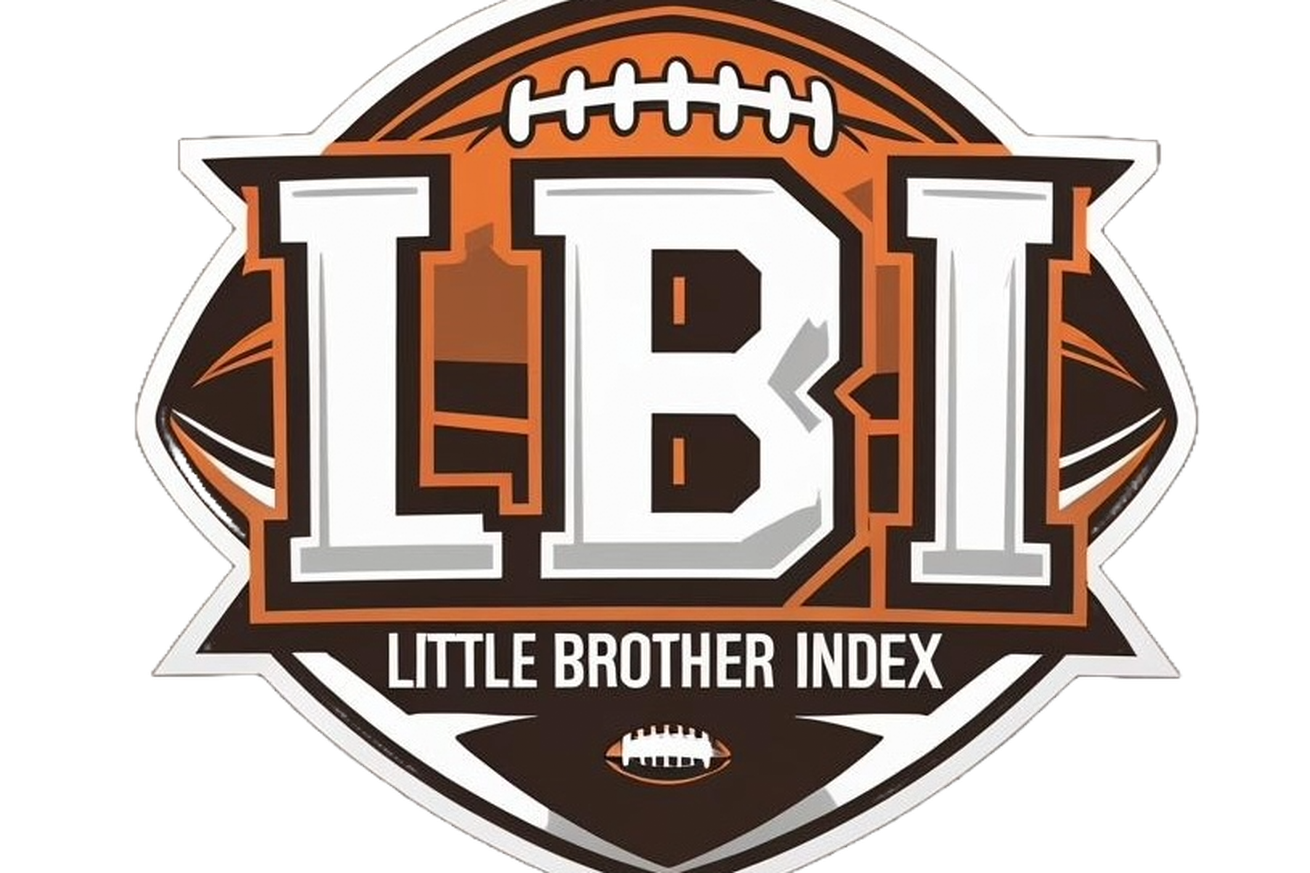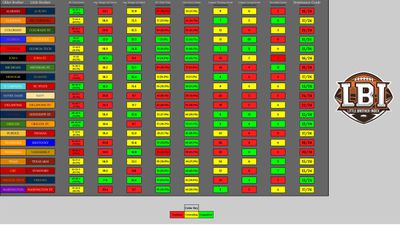
Parker’s back (temporarily) with a fun little research project about CFB’s most lopsided rivalries
Hello Rock M Nation, it’s been a while.
Some readers may remember me from my days on the Mizzou football and basketball beats from 2021-2023, and while I’ve moved on from the site, the Tigers are still on my mind.
And recently, there was also something else on my mind.
As fans, how fortunate are we to see this program renew not just one, but TWO passionate border rivalries over the course of the next four seasons?
The hate-filled series with kansas obviously makes its grand return this fall, but Illinois also visits Columbia in 2027 to begin another highly anticipated home-and-home.
And so while we impatiently wait on both series to begin anew, I figured I’d share a small project I recently worked on that’s centered around rivalries in college football.
Lopsided rivalries, that is.
And thus, I come to the reason I’ve made a brief appearance back on the site.
The ‘Little Brother Index’ is a comprehensive analysis of college football’s most lopsided rivalries, and it just so happens that Mizzou’s dominance against the Fighting Illini was included.
Within the LBI, you will find 20 of CFB’s most notably unbalanced series listed in alphabetical order, followed by eight data points that evaluate the dominance of the “Older Brother” (OB for short). The various metrics add up to overall grades that are meant to reflect the rivalries’ supremacies in an all-encompassing format.

At the link above, you’ll find an About page that explains all of the inner-workings of the LBI, followed by the full Index itself. I’ve also included visuals of the full chart, the most lopsided rivalries by category and the final tally of college football’s most lopsided rivalries.


(credit: Parker Gillam)
If you’re interested in my overall takeaways or want to look into the data and details from other rivalries, just visit the link above.
But if you’re just looking to read about how Mizzou-Illinois stacks up compared to the rest, I’ll provide a brief analysis of that within this post.
Overall, the Arch Rivalry had a far smaller sample size than any other series on the list, but the data still translates. With a 70% (17-7) win percentage in the series, Mizzou ranked among the top four “Older Brothers” in that category.
But the point of the LBI was to go well beyond just the wins and losses, and the rest of the data reveals a mixed bag of Tiger dominance and Illini bright spots.
Regarding Mizzou’s average margin of victory and defeat in the series, COMO’s own were middle-of-the-pack when it came to the former (18 pt. average), but Illinois has done some damage in its victories. Its 15-point margin was top four among the “Little Brothers.”
Moving along to examine the individual games categories, this rivalry was again middle of the road when it came to 20+ point wins and single-score games. 35% of the Tigers’ victories have come in the former fashion, while 37% of the series has consisted of ‘close’ games.
Obviously, the winning streak categories are where the smaller sample size did play a factor, with Mizzou’s two-straight victories and Illinois’ lack of any sort of streak favoring the other side. In a sense, the two data points just equaled each other out.
And while the Illini weren’t the worst in this category, with only one unranked victory over a ranked Missouri squad in its history, Illinois did take a hit when it came to ‘Unranked Upsets.’.
After each of those data points were assigned a specific point value, I then calculated the ‘Dominance Grade’ of the series.
With a 17/24 rating, Mizzou and Illinois hovered around the middle of the final 20-rivalry chart, placing in a tie for the eighth-most lopsided rivalry in college football.
So all in all, the Tigers have done well to maintain a strong leg-up on the Illini, and they’ll have more opportunities to bolster those numbers when they face their eastern rivals a whopping six times from 2027 to 2035.
So rejoice Mizzou fans, as last year’s thrilling win over Oklahoma was merely the appetizer when it comes to this program renewing some of its most historic rivalries.
And I also want to say a thank you to those that took the time to check out the LBI, and I hope it was able to provide you with a new outlook on some of college football’s most storied rivalries.
For some, they may have realized that their favorite team isn’t actually beating up on its smaller sibling as emphatically as they thought. For others, they may have discovered that they have all the more reason to chirp at their rivals whenever they get the chance.
All in all, this was just a CFB fan’s small project, one that intrigued me from the start and was enjoyable to put together.
Lastly, I want to add that this is merely the first version of the LBI, as I am more than open to any suggestions, critiques or potential additions when it comes to rivalries, data points, chart aesthetics, etc.
